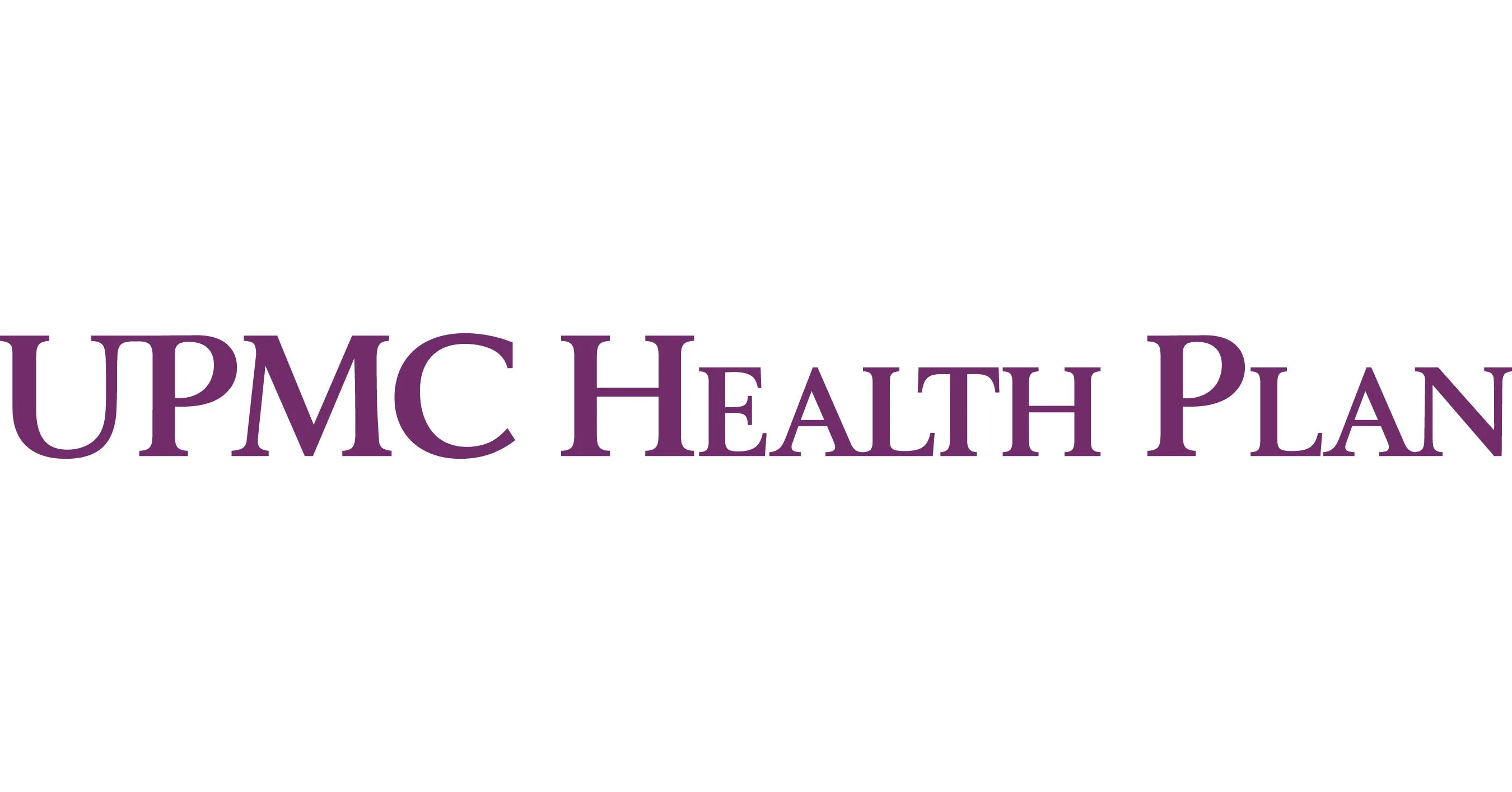
Empowering Access and Whole-Person Care: Christina Barrington, PharmD, on the Role of Pharmacists at UPMC Health Plan

Christina Barrington, PharmD, champions pharmacists' vital role in enhancing health care access and quality, advocating for their recognition as essential providers.
In celebration of American Pharmacists Month, Christina Barrington, PharmD, senior vice president, chief pharmacy officer for the UPMC Insurance Services Division, highlights the critical role pharmacists play in improving access, affordability, and quality of care for members. With more than 2 decades of leadership experience, Barrington has led initiatives that enhance medication access, reduce hospitalizations, and strengthen member outcomes through integrated, member-centric pharmacy programs. Through efforts like Pharmacist Care Day, which provided free vaccinations and health screenings to the Pittsburgh community, Barrington continues to advocate for recognizing pharmacists as essential, accessible health care providers dedicated to improving the well-being of every patient they serve.
Pharmacy Times: Can you introduce yourself?
Christina Barrington, PharmD: I am Christina Barrington, PharmD, and I serve as senior vice president, chief pharmacy officer for the UPMC Insurance Services Division. In this role, I lead the strategic direction of our pharmacy programs and oversee clinical resource management to help ensure optimal outcomes for our members.
My commitment to advancing the pharmacy profession extends beyond my organizational role. I am actively involved in national professional organizations and am immediate Past President of AMCP and have served as executive on the Board of Directors for the last 7 years. I am honored to have been recognized among the Top 50 Women Leaders in Healthcare, a testament to my dedication to innovation, collaboration, and excellence in the field.
Pharmacy Times: When you think about your role as a pharmacist, how would you personally define the value you bring to patients and the health care team?
Barrington: My priority is to ensure our members have access to the medications they need at a price they can afford. With over 2 decades of leadership experience across prominent national health care organizations, I bring deep expertise in 3 major factors influencing affordable medications—quality performance, formulary management, and pharmacy financial stewardship.
Our UPMC Health Plan Pharmacy team consistently delivers top-tier quality, having earned at least one 5 STAR Part D Plan designation for 6 consecutive years. We’re among the state’s top performers in HEDIS measures and have received multiple awards for member experience and quality excellence, reflecting our strong commitment to a member-centric pharmacy approach.
Pharmacy Times: Can you share an example from your practice where your involvement made a measurable difference in patient member outcomes or care quality?
Barrington: One of the most meaningful ways I’ve made a measurable difference in member outcomes is by leading teams to help ensure members have timely access to their medications. Providing access to medication includes ensuring pharmacy services are both accessible and affordable, which is critical to continuity of care.
I’ve helped implement programs that reduce barriers to medication access, including leading affordability initiatives. These efforts have resulted in a reduction in emergency room visits and hospitalizations. I recall several instances where, by facilitating timely access to a needed medication, a member was able to avoid a hospital admission or a long-distance trip for treatment. These moments underscore how strategic pharmacy engagement can translate into better health outcomes and improved quality of care.
Pharmacy Times: In your opinion, how should the broader health care system recognize and communicate the value of pharmacists in improving access, safety, and overall health for all members?
Barrington: Pharmacists are often the most accessible health care professionals in the community and frequently the first point of contact for members seeking advice or support. They play a pivotal role in ensuring members receive timely, appropriate care—offering immediate guidance and referring individuals to provider colleagues when needed. Pharmacists are also uniquely positioned to identify adverse events or suboptimal responses to treatment early, often before other members of the care team are involved.
Whether practicing in the community or within an Integrated Delivery and Finance System (IDFS) like UPMC, pharmacists are essential to improving access, safety, and overall health outcomes for our members. At UPMC Health Plan, our pharmacists lead high-touch pharmacy care management programs, engaging members through a variety of modalities, including telehealth, phone, email, text, mail, and interactive voice response (IVR). UPMC’s integrated delivery and finance system (IDFS) supports seamless coordination with provider teams—especially critical when managing complex conditions such as
Beyond CHF and COPD, we offer a wide range of pharmacy clinical programs – from care management integration and medication therapy management (MTM) to drug utilization review (DUR), transitions of care, disease state management, formulary management, and utilization management programs. In each program, pharmacists proactively identify medication-related issues and recommend cost-effective, clinically sound therapeutic alternatives.
As part of an integrated delivery and finance system with access to both the medical and pharmacy claims data, we design targeted outreach programs for members—pediatric and adult—who may benefit from care management. Pharmacists flag members based on medical history and reach out to offer appropriate adherence support, education, and clinical recommendations, using the member’s preferred communication method.
When appropriate, pharmacists also collaborate directly with physicians—via electronic medical record or phone—to address concerns like confusion/cognitive impairment, fall risk, or polypharmacy, using a risk-benefit approach. They assess dispensing pharmacy preferences and adherence tools to determine if high-touch pharmacy services (eg, daily packaging, free delivery, monthly pharmacist check-ins) are appropriate.
Ultimately, these interventions promote safe, effective medication use while supporting care coordination across the full care team—physicians, care managers, and social workers—to ensure a collaborative, member-centric approach.
Pharmacy Times: How does UPMC Health Plan support pharmacists to practice whole-person care?
Barrington: UPMC Health Plan’s integration within the UPMC IDFS empowers pharmacists to deliver truly whole-person care. They work directly with members to provide medication reconciliation and education, while also screening for health-related social needs such as food and housing insecurity. When needs are identified, pharmacists offer to connect members with social workers and community resources to help address those needs.
As part of coordinated care efforts, pharmacists collaborate with providers and dispensing pharmacies to close care gaps, offer deprescribing and clinical recommendations, and refer members to lifestyle programs, care management, and behavioral health services, as appropriate.
Pharmacy Times: How do you encourage others to celebrate or bring awareness to American Pharmacists Month?
Barrington: On October 8, 2025, we proudly cohosted our
In addition to offering a free flu shot clinic, we provided access to free health screenings and connected individuals with vital resources for food assistance and job-seeking support. Pharmacy students from the University of Pittsburgh volunteered their time to administer vaccinations and conduct medication reconciliations. The event was both a celebration of pharmacists and the next generation of providers, and a meaningful opportunity to engage directly with the community we serve.
Newsletter
Stay informed on drug updates, treatment guidelines, and pharmacy practice trends—subscribe to Pharmacy Times for weekly clinical insights.


















































































































































































































